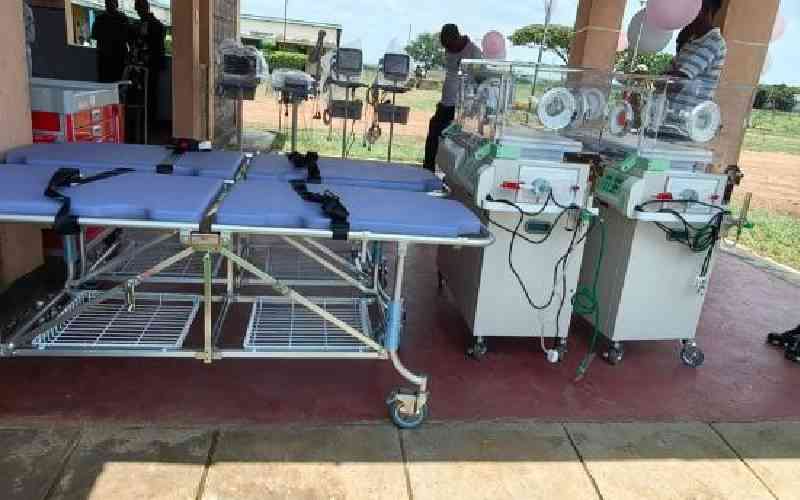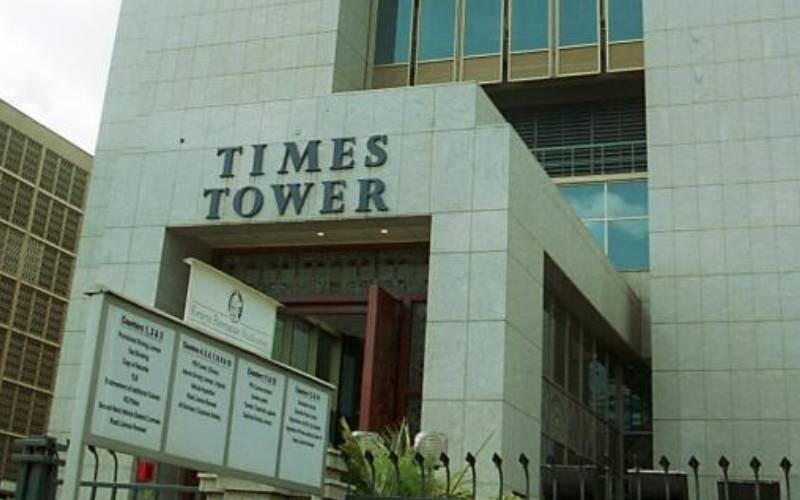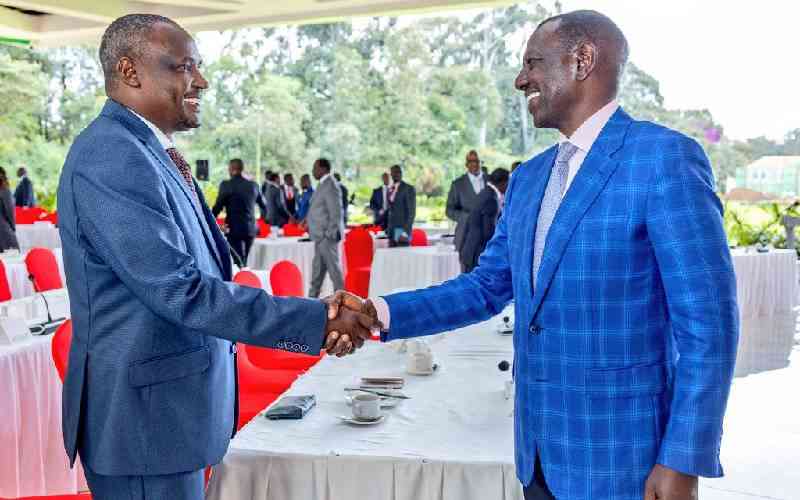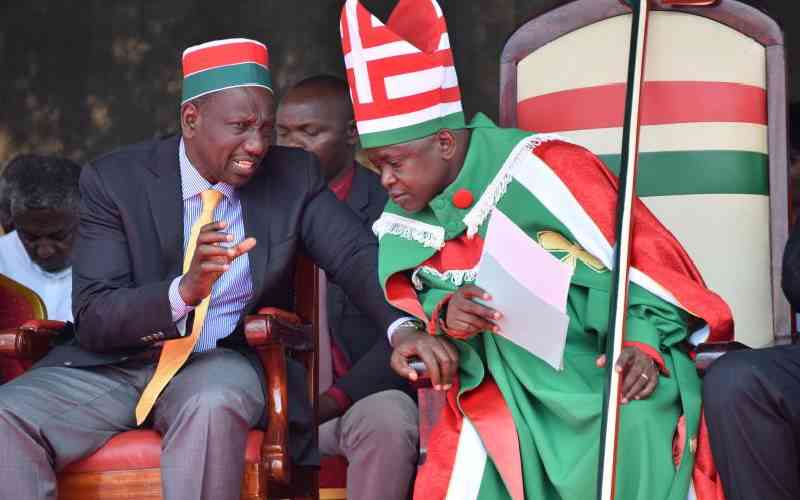 |
|
Aliko Dangote |
By Jevans Nyabiage and Emmanuel Were
Kenya: It has been six months since Aliko Dangote announced plans to set up from scratch a Sh34 billion cement plant in Kenya.
After the announcement in September last year, how have the market players taken the news and impending arrival of Africa’s richest man?
The response among Kenyan cement manufacturers has varied, depending on whose hat you put on. Most analysts in stockbrokerage houses who cover the cement sector believe that Dangote’s entry might be a game changer.
But the players in the industry don’t think so. In fact, many of them seem to write Dangote off.
“I do not think Dangote can survive in this market. He thrives in an arrangement where he is protected and completely insulated by the regime,” said one of the directors of the six cement manufacturer who requested not to be named because of the sensitivity of the matter.
Dangote has built his wealth thriving on a monopoly in commodities trading in Nigeria. He also enjoys a near monopoly in the cement business in Nigeria.
Outside, the West African nation, however, Dangote’s empire has not really taken off. He took longer than planned to set up a plant in Tanzania and South Africa.
“We welcome competition, but you cannot afford to offer Dangote any concession. If you look at it, why should we offer him any concessions yet Nigeria does not offer any other African countries concessions?” asked the source.
“How can you as a parent treat you own neighbour’s children better than you treat your own?”
But analysts are predicting that the entry of Dangote Cement will set off fierce competition in the region, considering the financial muscle and aggressiveness of its parent company, which is listed on the Nigeria Stock Exchange.
Analysts at AIB Capital say the biggest challenge for players in the region is that their production is weighed down by high energy costs, which stand at about 50 per cent of the cost of production, and lack of synergies compared to Dangote Cement.
“Dangote’s competitive advantage is tied around minimising its costs of production. The company complements new capacities installed with power plants and utilises fly ash as a substitute for pozollana (20 per cent of cement constituent), which is a by-product of the power plants installed,” says AIB Capital.
The investment advisory firm says Dangote’s business model allows it to produce on a three-year average cost of production of 36 per cent of revenue, and achieve a three-year average EBITDA margin of 53 per cent.
“This automatically makes other competing companies highly unattractive due to the high production costs (an average of 69 per cent across East African competitors).
Stay informed. Subscribe to our newsletter
Dangote’s entry into the Kenyan cement playing field is expected to initiate changes in price of cement as well as high levels of capital expenditure incurred by major players to match Dangote’s competitive advantage,” says AIB Capital in a cement update report released late last year.
Dangote Cement is Nigeria’s largest cement manufacturer and the largest listed company on the Nigeria Stock Exchange, with a market capitalisation of $15 billion (Sh1.3 trillion) and annual revenues reaching $1.8 billion (Sh153 billion).
Dangote is a self-made businessman who started trading in commodities in the late 1970s using a loan from his uncle before expanding to other areas such as freight and cement.
Dangote Group, besides cement, owns sugar refineries, flour milling and salt processing facilities. The group reported a turnover of Sh157 billion in 2012, with a net profit of Sh78.79 billion.
Dangote has an estimated net worth of $20.8 billion (Sh1.768 trillion) as of November 2013. This is half of the value of what Kenyans produce in goods and services as measured by the gross domestic 0roduct, which stood at $40.69 billion (Sh3.458 trillion) in 2012.
With such financial muscle, no wonder Dangote was very bullish on his entry into the Kenyan market.
“We have realised that if we really want to do something big in East Africa, we must operate in Kenya. We believe that in the next two and half years, we will be the dominant player in cement in Kenya,” he said in early September 2013 at a Kenya-Nigeria investment roundtable.
To get to the top, Dangote would have to knock off Bamburi Cement from its pedestal.
Bamburi Cement is currently Kenya’s biggest producer, with a production capacity of 3.1 million metric tonnes per annum, which is expected to remain the same until 2015 when Dangote’s comes on-stream.
ARM’s capacity is expected to increase from 1.5 million tonnes per year to 2.6 million metric tonnes in 2015.
East African Portland Cement’s installed capacity is expected to remain at 1.3 million metric tonnes per year while that of Savannah Cement will be at 1.5 million metric tonnes per year.
National Cement is increasing its capacity from 0.4 million metric tonnes per year to 2.5 million metric tonnes per year while that of Mombasa Cement, a private entity that operates Tororo Cement in Uganda and Kenya’s Corrugated Steel Mill, will remain at 0.8 million metric tonnes per year.
 The Standard Group Plc is a
multi-media organization with investments in media platforms spanning newspaper
print operations, television, radio broadcasting, digital and online services. The
Standard Group is recognized as a leading multi-media house in Kenya with a key
influence in matters of national and international interest.
The Standard Group Plc is a
multi-media organization with investments in media platforms spanning newspaper
print operations, television, radio broadcasting, digital and online services. The
Standard Group is recognized as a leading multi-media house in Kenya with a key
influence in matters of national and international interest.
 The Standard Group Plc is a
multi-media organization with investments in media platforms spanning newspaper
print operations, television, radio broadcasting, digital and online services. The
Standard Group is recognized as a leading multi-media house in Kenya with a key
influence in matters of national and international interest.
The Standard Group Plc is a
multi-media organization with investments in media platforms spanning newspaper
print operations, television, radio broadcasting, digital and online services. The
Standard Group is recognized as a leading multi-media house in Kenya with a key
influence in matters of national and international interest.






